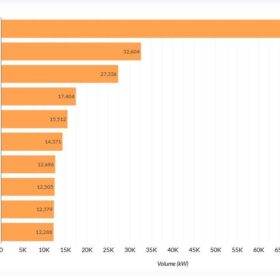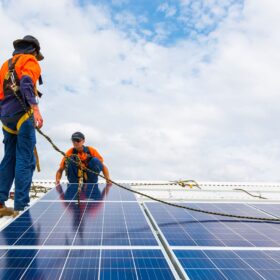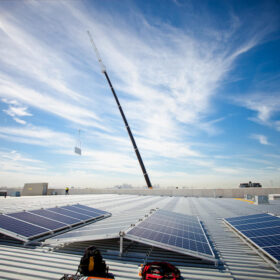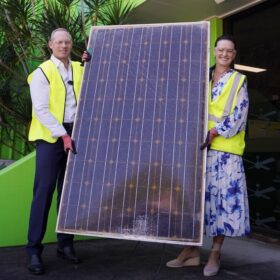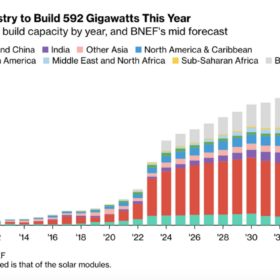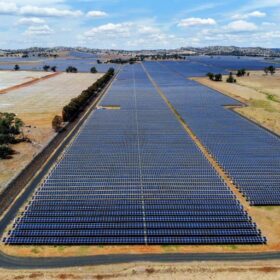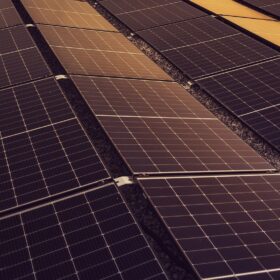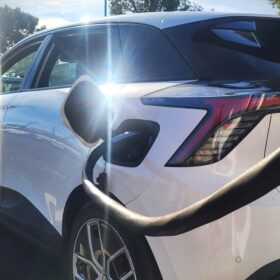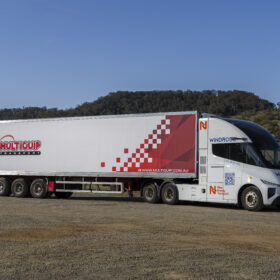Origin tops install rates as rooftop rollout reaches 278 MW for month
Origin Energy emerged as Australia’s largest rooftop solar installer in August with new data showing the nation’s households and businesses bolted on more than 28,000 PV systems with a combined capacity of more than 278 MW.
Global market comparison study ranks Australia 10th in race to renewables
A study forecasting 39 country’s renewable energy generation per capita and net zero emissions target ranks Australia tenth in the world based on a projected 4.79 TWh of renewable generation per million people by 2028.
Aiko promises more energy output in less space with n-type 470 W solar panel
Chinese solar manufacturer Aiko has achieved Clean Energy Council approval for its 470 W Neostar 2P solar panel, which boasts more power output in less space, with an added shade optimisation advantage.
Northern Territory’s renewable energy target efforts lag behind rest of country
Think-tank Climate Council of Australia has found of all the state’s and territories, the Northern Territory has the most work to do to achieve its renewable energy target of 50% by 2030.
Rooftop solar installation rates trending up as monthly volumes drop
Australia’s rooftop solar market has slowed with the latest monthly data from industry analyst SunWiz revealing that national installation volumes dropped off 7% in August compared to the previous month.
Sunshine state’s solar recycling plans power up circular economy
The Queensland government has launched a solar panel recycling scheme with the launch of the first of 15 sites collection sites that are to be established across the state. The program is expected to save 26 tonnes of broken or end-of-life solar panels from landfill annually and will inform the possible rollout of a nationwide scheme.
Solar module installations could hit 592 GW in 2024
BloombergNEF says the global solar industry will install 592 GW of modules this year, up 33% on 2023. The consultancy has also lowered its estimate for 2024 polysilicon production, as manufacturers are temporarily scaling back output.
Solar’s ten-year growth outshines all energy generation sources: new data
The Australian government’s Energy Update 2024 shows solar electricity generation grew 21% in the 2022-23 period and is 11 times higher than a decade ago, jumping 3% in each of the past two years.
Future clean energy investment vital for grid reliability: AEMO report
Rooftop solar system uptake and 1.2 GW of large-scale solar projects brought online in the past 12 months, have boosted grid reliability in the National Electricity Market, demonstrating a trend the Australian Energy Market Operator forecasts will continue but not without ongoing clean energy investments.
Research sheds new light on shade effects for rooftop PV
Researchers have covered part of a rooftop solar plant with varying numbers of shading cloth layers and continued to measure the power, current, and voltage of the system. They have been able to identify a point after which the value of system current and maximum power is no longer sensitive to shading heaviness.
